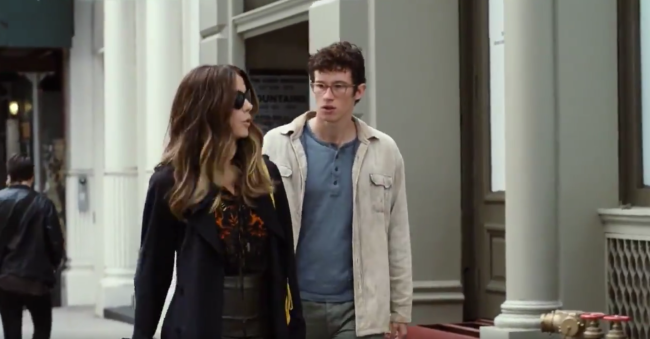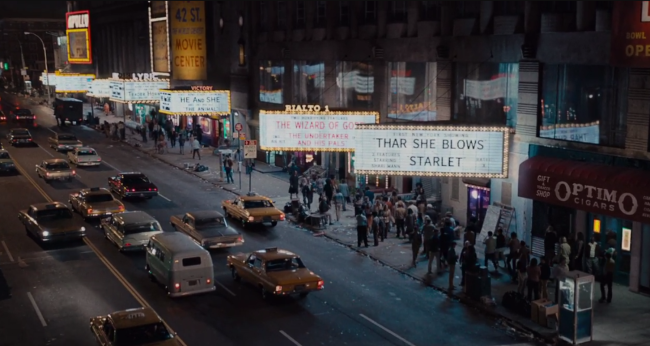'Wonderstruck' takes a nostalgic look at NYC in the '20s and the '70s

Amazon Studios
Director Todd Haynes’s latest film Wonderstruck made its New York premiere as the Centerpiece selection of the New York Film Festival earlier this month, and it’s easy to see why. The movie continues Haynes's track record of rich and thought-provoking movies (Carol, I’m Not There, Velvet Goldmine, and Far From Heaven) and the city itself plays a huge role, twice over, in the latest work.
Wonderstruck tells the story of two children living in two different eras, the 1920s and the 1970s, simultaneously. Rose (Millicent Simmonds), whose story is set in 1927, is deaf and lives a privileged but unhappy life with her father in Hoboken. Ben (Oales Fegley), is in Gun Flint Lake, Minnesota, and is mourning the recent loss of his librarian mother (Michelle Williams in flashback). The year is 1977.
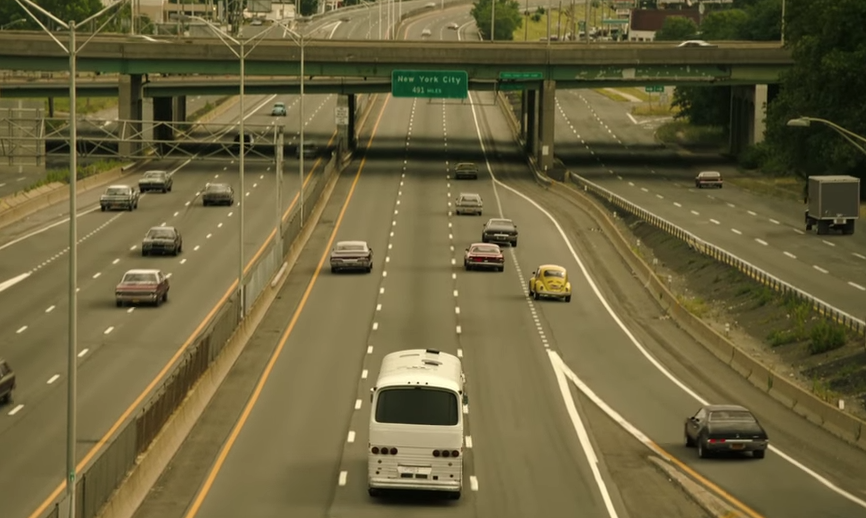
Both children (who, from our calculations are about 11 years old) are moved to head to New York City on their own. Rose goes in search of her mother and ultimately, a larger sense of belonging, while Ben, who is rendered deaf after a freak accident, is hoping to find his father, about whom he knows virtually nothing. He’s armed only with his mother’s rainy day fund and a bookmark from a bookstore on the Upper West Side.
The film cuts back and forth between the two children’s journeys, interweaving their stories. Rose’s is in black-and-white and silent, with an era-appropriate score, while Ben’s is in vibrant color, recalling the films of the maverick directors of the 70s, and has a funky soundtrack to match. At times, it sounds a lot like The Deuce.
Rose hops a ferry out of Jersey and Haynes rewards her (and us) with a “welcome to 1920s New York” view from the front of the boat. Of course, the profile of the skyline is much lower, the metropolis made up of buildings that we now call "prewar."

When she disembarks, she encounters the bustle of the Wall Street area and its narrow, canyon-like streets, populated by extremely well-heeled citizens. There’s not a stocking seam unaligned here. In general, the 1920s scenes are idealized with, in addition to the gorgeous fashion, immaculate streets devoid of litter and any evidence of the horses that work them.
The New York City Ben encounters is an entirely different animal. He arrives via Trailways bus and the garage of the Port Authority Bus Terminal looks much like it does today, which of course says more about the Port Authority than the accuracy of the film.
While the modern Port Authority is hardly a luxury travel facility, it has come a long way, and Wonderstruck almost seems to revel in trying to conjure the filth, disrepair, and sketchy vibe of old. In the movie's terminal there’s trash everywhere, ripped seats and drifters, cigarette machines and vintage ads, and signs touting the arrival of “The New Port Authority.”
When Ben steps outside, he finds more scenes from summer in the city in the '70s: crowds dressed for interiors without air conditioning, graffiti, porn theaters, peep shows, phone booths, and crime. His wallet is stolen upon arrival. Ratso Rizzo would not be out of place here.
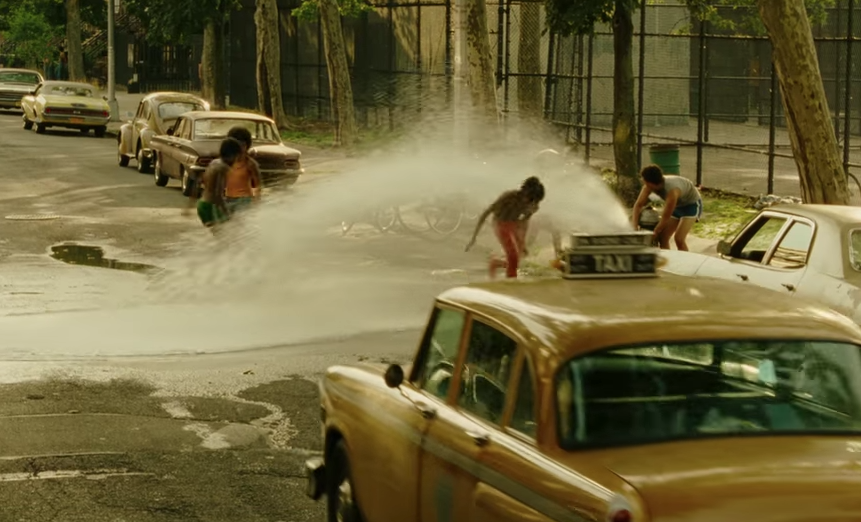
He eventually makes his way to the Upper West Side in search of the aforementioned bookstore and finds a similar tableau, only more residential: kids playing in street in the spray of a fire hydrant, lots and lots of trash and overflowing garbage cans, rats, a man lounging in a living room chair on the curb. He finds the store. It’s closed, gated, and graffiti-covered.
Rose, meanwhile, has made her way to the Theater District (Crown Heights served as a convincing double for the area, as well as the Upper West Side). The interior of a theater in the movie passes for a grand Broadway playhouse, down to the lovely glass panes with silhouettes on them.
The protagonists' paths converge, albeit in different decades, at the American Museum of Natural History, which plays a central role in the story. (There’s a mystery at the heart of the film, so the less revealed the better.)
The museum sequences (there are many) showcase how well the museum has aged, with its classic architecture and wildly-popular dioramas, as well as how it’s changed over the years. There’s some fun '70s signage when Ben visits.
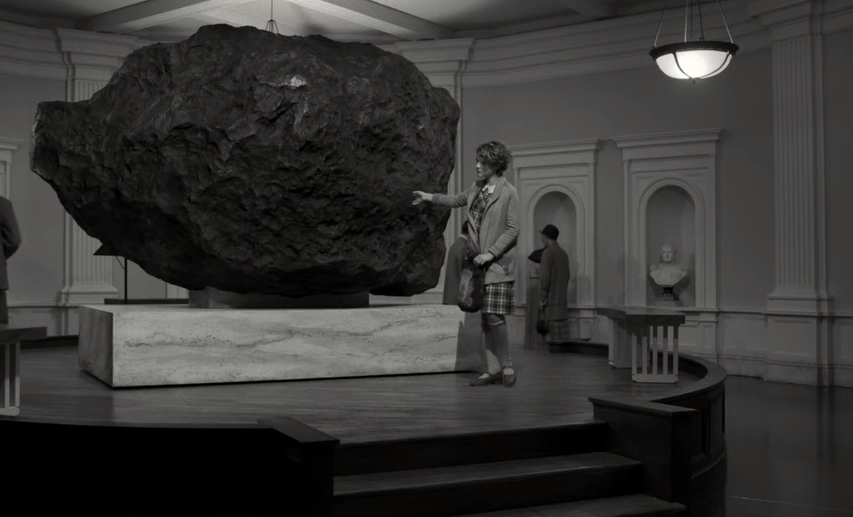
The Hall of Mineral is used to illustrate the museum’s evolution. Rose visits and sits in front of a massive meteorite in a white hall of classical architecture. When Ben arrives in the same place, the rock has since been replaced by another impressive specimen, and the decor is distinctly '70s-style. (It was recently announced, to some people's dismay, that the Hall of Minerals will undergo yet another redesign. It's now closed until the fall of 2019.)
Rose eventually finds refuge with her older brother, who works at the museum and takes her in. Ben befriends Jamie (Jaden Michael) the son of one of museum employees, and there are some after-hours shenanigans, as well as uncovering of clues that help Ben move forward in his search for his dad. As the two boys are getting to know each other, Jamie says he lives in Queens, which prompts the exchange:
“You don’t live in New York?”
“Queens is in New York.”
Ben returns to the Upper West Side and heads to where he’s learned the bookstore he’s seeking relocated. It doesn't seem to be based on a specific New York City shop, but it has all the hallmarks of many used bookstore that used to populate the city when rents weren’t so damn high: shelves packed to bursting, makeshift cardboard dividers, books in mint and rough condition. Also, an eccentric owner.
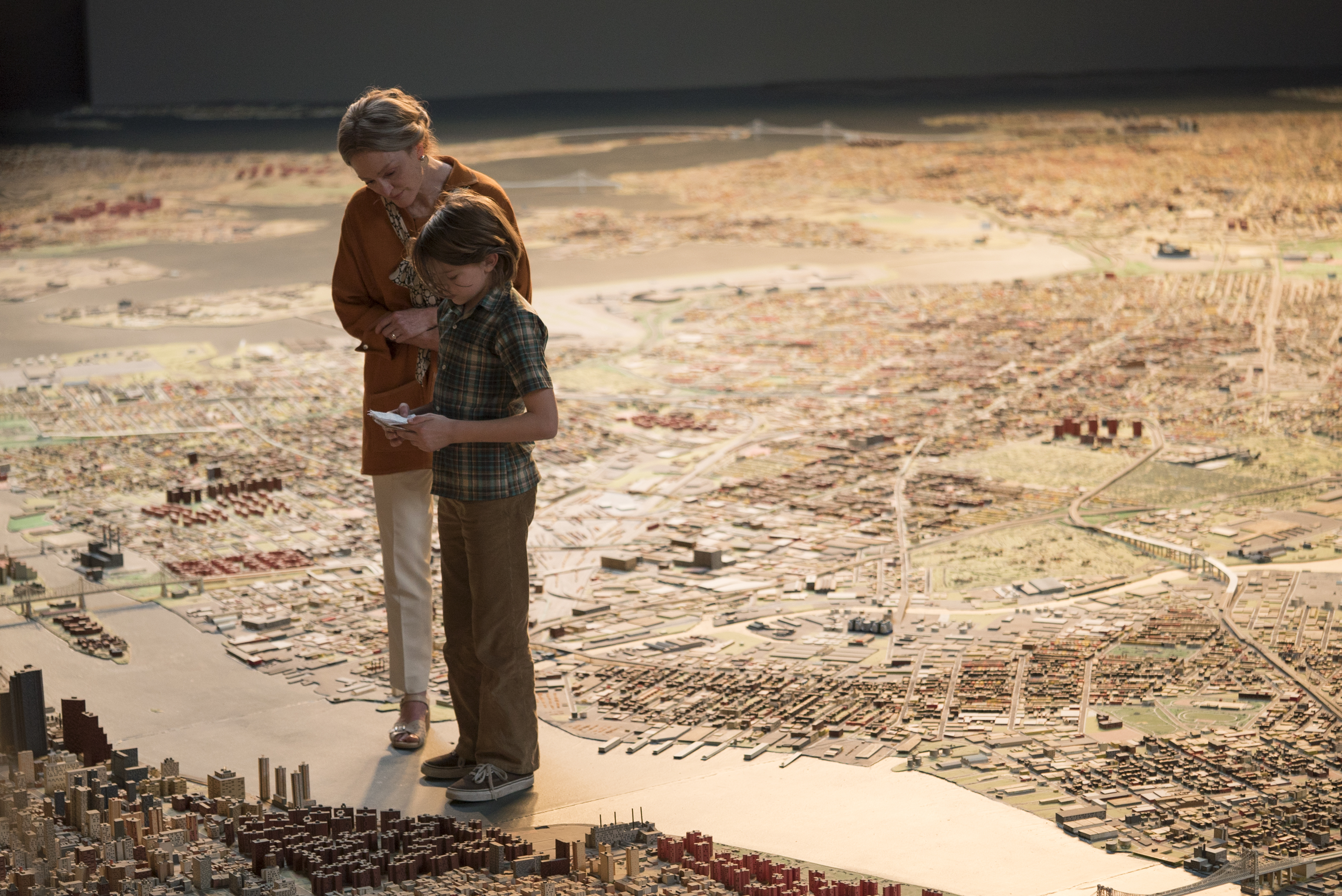
To disclose much more would spoil the film, but the movie concludes at one of New York geeks’ favorite destinations: the Panorama of the City of New York at the Queens Museum. The sign reads, in a groovy font, “The Queens Museum of Art," as the museum was then known. The front of the building also reflects the facade at that time. Not coincidentally, the panorama is closed to visitors for a few days in late October to upgrade the lighting “thanks to Amazon Studio’s generosity!” We applaud this quid pro quo.
Finally, you can’t set a story in New York in the summer of '77 and not include the blackout. Wonderstruck delivers.
Haynes is known for pulling off period films with accuracy and aplomb, and he certainly does this with Wonderstuck. The movie lovingly captures the city both eras with clear attention to detail. If anything dents the film's believability, it’s the idealization of both time periods (yes, even the '70s), but it’s a tale filled with mystery and magic, and that's enough for us.
Real estate reality score (on a scale of 1-5): 4
You Might Also Like



















